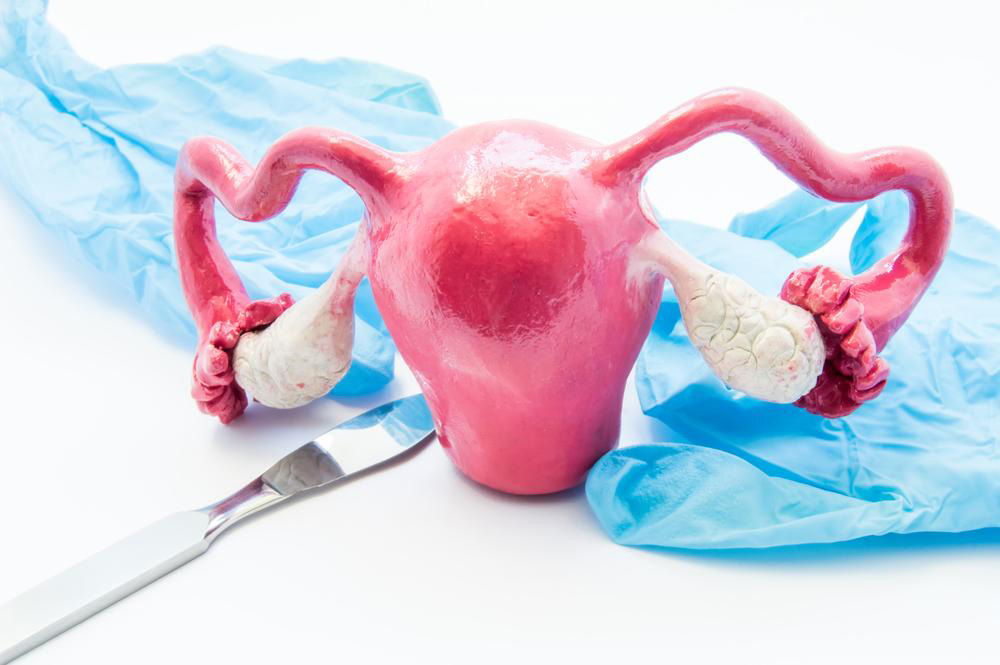A Comprehensive Overview of Tubal Reversal Surgery
Discover everything about tubal reversal surgery, its preparation, procedure steps, recovery, and costs. This outpatient microsurgical operation restores fertility by reconnecting fallopian tubes, offering hope for women wishing to conceive after previous sterilization.

How Does Tubal Reversal Surgery Work?
Many women opt for tubal ligation after childbirth or personal choice, believing they won't have more children. However, if circumstances change and pregnancy becomes desired, a tubal reversal can restore fertility by reconnecting the fallopian tubes. This outpatient procedure aims to rejoin the tubes, boosting the chances of conception.
Pre-Surgery Preparation
Before the procedure, your healthcare provider will review:
Your age and overall health
The type of previous tubal surgery performed
The remaining length and health of your fallopian tubes
Assessments like physical exams, blood tests, and imaging studies such as hysterosalpingography (HSG) are conducted. Additionally, your partner’s fertility is checked through sperm testing to confirm reproductive potential before surgery.
Day of Surgery
Typically performed as an outpatient under anesthesia, tubal reversal involves a small incision for laparoscopic access. The surgeon inspects the tubes, removes any clips or rings, and microsurgically reattaches the tubes. The procedure usually lasts 2-3 hours.
Recovery generally takes one to two weeks, with many women returning to work by the second week. Consult your doctor for tailored post-op instructions.
Cost Considerations
Insurance often does not cover tubal reversal procedures. The total costs, including surgery, anesthesia, and facility fees, can reach several thousand dollars, depending on various factors.


